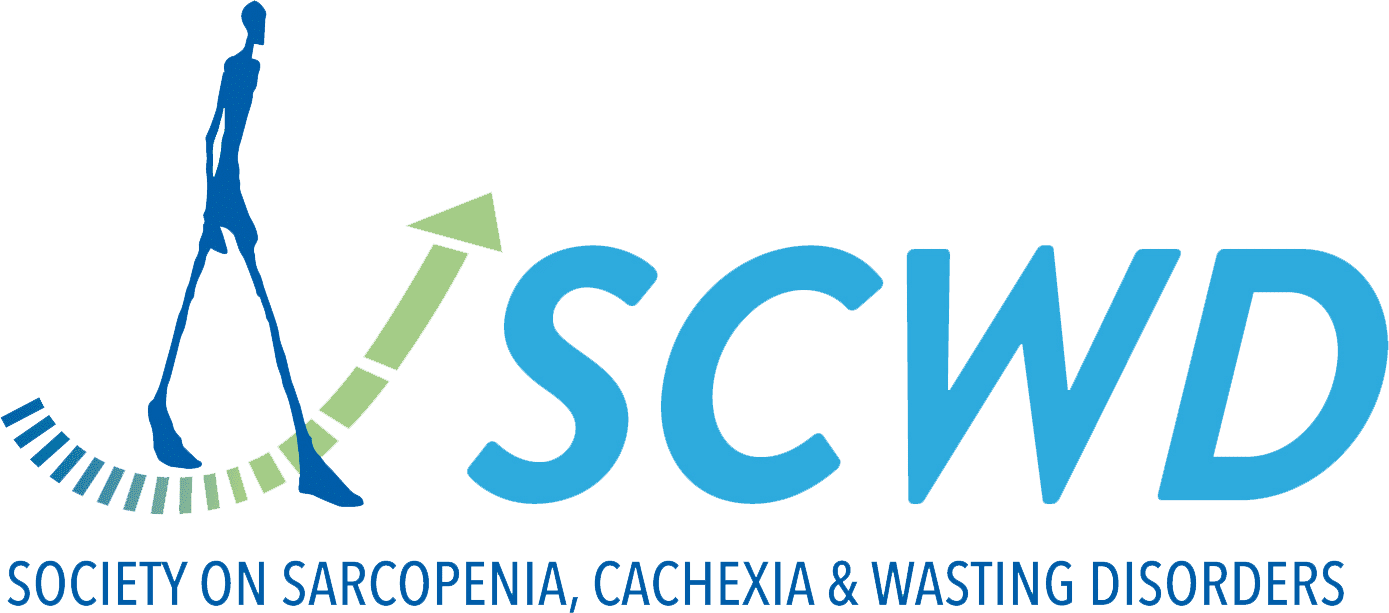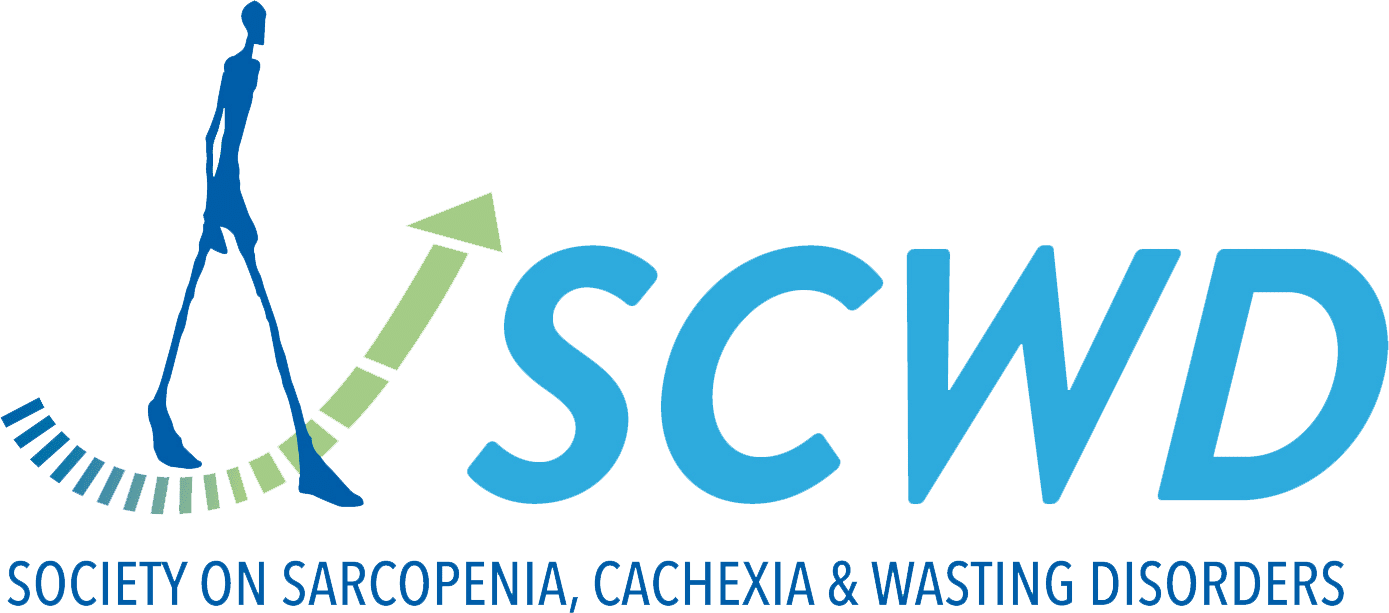Assessing the Skeletal Muscle Pump During Lower Limb Counterpressure: Lags and Causality in Cardiovascular Regulation.
Orthostatic hypotension (OH) is a prevalent condition among older adults, characterised by a sudden drop in blood pressure upon standing, often leading to dizziness and increased risk of falls, morbidity and mortality. The skeletal muscle pump is thought to be important in maintaining venous return and stabilising blood pressure during postural changes, especially during the performance of physical counterpressure manoeuvres (PCMs).
This study investigated the temporal relationships between thigh muscle activation, thigh haemoglobin concentration and cardiovascular parameters (heart rate [HR], stroke volume [SV] and total peripheral resistance [TPR]) to understand the muscle pump's role in haemodynamic regulation while performing supine and standing PCMs. Twenty-two participants (mean age 70.4 ± 5.2 years) were assessed at the Falls and Syncope Unit at St.
James's Hospital, Dublin, Ireland. Each underwent an active stand test, around which participants were asked to squeeze their thigh muscles as hard as possible for 10 s, firstly while in the supine position, and secondly after standing.
Surface electromyography (EMG), near-infrared spectroscopy (NIRS) and non-invasive digital artery photoplethysmography were used to continuously monitor thigh muscle activation, muscle haemoglobin concentration and cardiovascular function, respectively. Cross-correlation and Granger causality analyses were conducted to determine the temporal and causal relationships between the signals.
Cross-correlation analysis revealed significant temporal relationships between muscle activation and cardiovascular parameters during PCMs. Specifically, HR, TPR and SV lagged EMG by approximately 1-3, 6-9 and 8-10 s, respectively.
Mean peak cross-correlation coefficients during the standing PCM were 0.609 for EMG to HR, 0.516 for EMG to TPR and 0.564 for EMG to SV. Granger causality tests indicated that muscle activation significantly predicted changes in SV, HR and TPR, with causality proportions increasing during PCMs (e.g., SV to EMG: 9.1% during supine rest; EMG to SV: 63.6% during standing PCM).
Notably, inter-individual variability was observed, with peak CCs for EMG to SV ranging from 0.251 to 0.849, and lag times from -21.9 to 13.4 s during standing PCM. These findings underscore the role of the skeletal muscle pump in modulating venous return and cardiac output during PCMs.
The study provides a novel methodological framework for assessing skeletal muscle pump function and its impact on cardiovascular dynamics. By understanding the temporal interplay between muscle activation and cardiovascular responses, we can develop effective strategies to improve cardiovascular stability and potentially prevent OH.
Future research should validate these findings in larger, more diverse cohorts and explore long-term adaptations to targeted interventions.


